Premium Only Content
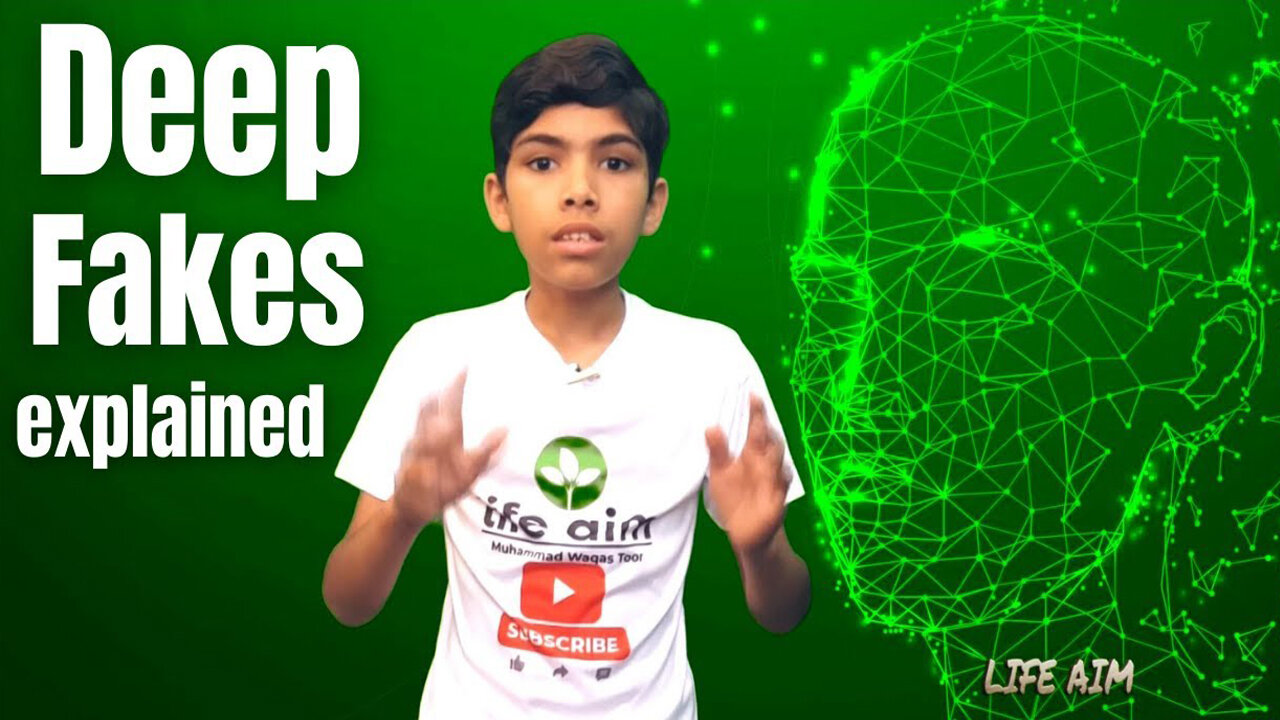
deep fakes explained|| Introduction To Deepfake Technology by Waqas Toor
The fake in Deep fake is transparent: deep fakes are not real; they're fake. The deep-in-deep fake is a bit murkier. Deep has long-established use to describe what is difficult, complicated, intense, etc., and that use applies here, but deep in deep fake is also likely related to its use in deep learning, another term that has yet to meet our criteria for entry. The meaning of deep learning is still settling, but most often it refers to a kind of machine learning (that is, a complex process by which a computer can improve its performance) that uses layered neural networks (that is, computer architecture in which processors are interconnected in a way that suggests neural connections in the human brain) to enhance the accuracy of the machine learning algorithms.
Deepfakes employ two separate sets of algorithms acting in conjunction: the first algorithm creates a video, and the second one tries to determine if the video is real or not. If the second algorithm can tell that the video is fake, the first algorithm tries again, having learned from the second algorithm what not to do. And the pair of algorithms go around and around until they spit out a result that the programmers feel is sufficiently real-looking.
who are made
University researchers and special effects studios have long pushed the boundaries of what’s possible with video and image manipulation. But deepfakes themselves were born in 2017 when a Reddit user of the same name posted doctored porn clips on the site. The videos swapped the faces of celebrities – Gal Gadot, Taylor Swift, Scarlett Johansson, and others – onto porn performers.
It takes a few steps to make a face-swap video. First, you run thousands of face shots of the two people through an AI algorithm called an encoder. The encoder finds and learns similarities between the two faces, and reduces them to their shared common features, compressing the images in the process. A second AI algorithm called a decoder is then taught to recover the faces from the compressed images. Because the faces are different, you train one decoder to recover the first person’s face, and another decoder to recover the second person’s face. To perform the face swap, you simply feed encoded images into the “wrong” decoder. For example, a compressed image of person A’s face is fed into the decoder trained on person B. The decoder then reconstructs the face of person B with the expressions and orientation of face A. For a convincing video, this has to be done on every frame.
-
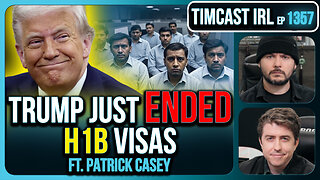 2:05:01
2:05:01
TimcastIRL
6 hours agoTrump Just Ended H1B Visas In Major Crackdown, Charging $100k Per Visa | Timcast IRL
264K162 -
 4:02:20
4:02:20
Nerdrotic
12 hours ago $13.85 earnedKimmel MELTDOWN | Hollywood Boycotts Disney | Friday Night Tights 372 with Kaida
109K18 -
 34:08
34:08
Bannons War Room
6 hours agoMEGYN KELLY: Jimmy Kimmel and Sore Cultural Losers, and Charlie Kirk's Spiritual Revival, w/ Bannon
70.3K70 -
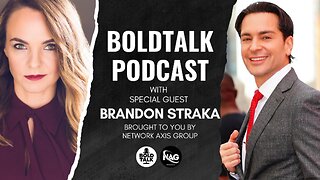 59:27
59:27
NAG Podcast
7 hours agoBrandon Straka: BOLDTALK with Angela Belcamino
63.7K11 -
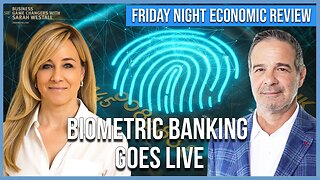 59:43
59:43
Sarah Westall
5 hours agoVietnam Shuts down 86 Million Bank Accounts, The Fourth Turning & more w/ Andy Schectman
46.4K11 -
 1:17:51
1:17:51
Flyover Conservatives
12 hours agoMary Flynn O’Neill and Clay Clark: The Church Must Rise or America Falls | FOC Show
36.8K3 -
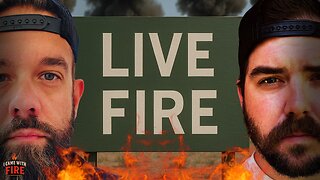 3:36:01
3:36:01
I_Came_With_Fire_Podcast
14 hours agoThe Global ANTIFA Connection You've Never Heard Of | The Israel Question
29.4K6 -
 16:38
16:38
RTT: Guns & Gear
22 hours ago $2.73 earnedExtar EP9 Review: The Best Budget 9mm PCC?
46.6K6 -
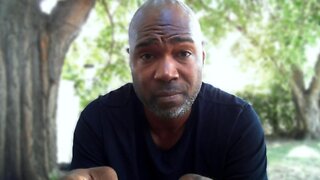 7:53
7:53
Rethinking the Dollar
15 hours agoMass Firings in Tech: The Real Agenda Behind 166,000 Cuts
53.4K11 -
 1:02:28
1:02:28
BonginoReport
9 hours agoFeds Monitor Threats Ahead of Kirk Memorial - Nightly Scroll w/ Hayley Caronia (Ep.138)
260K151